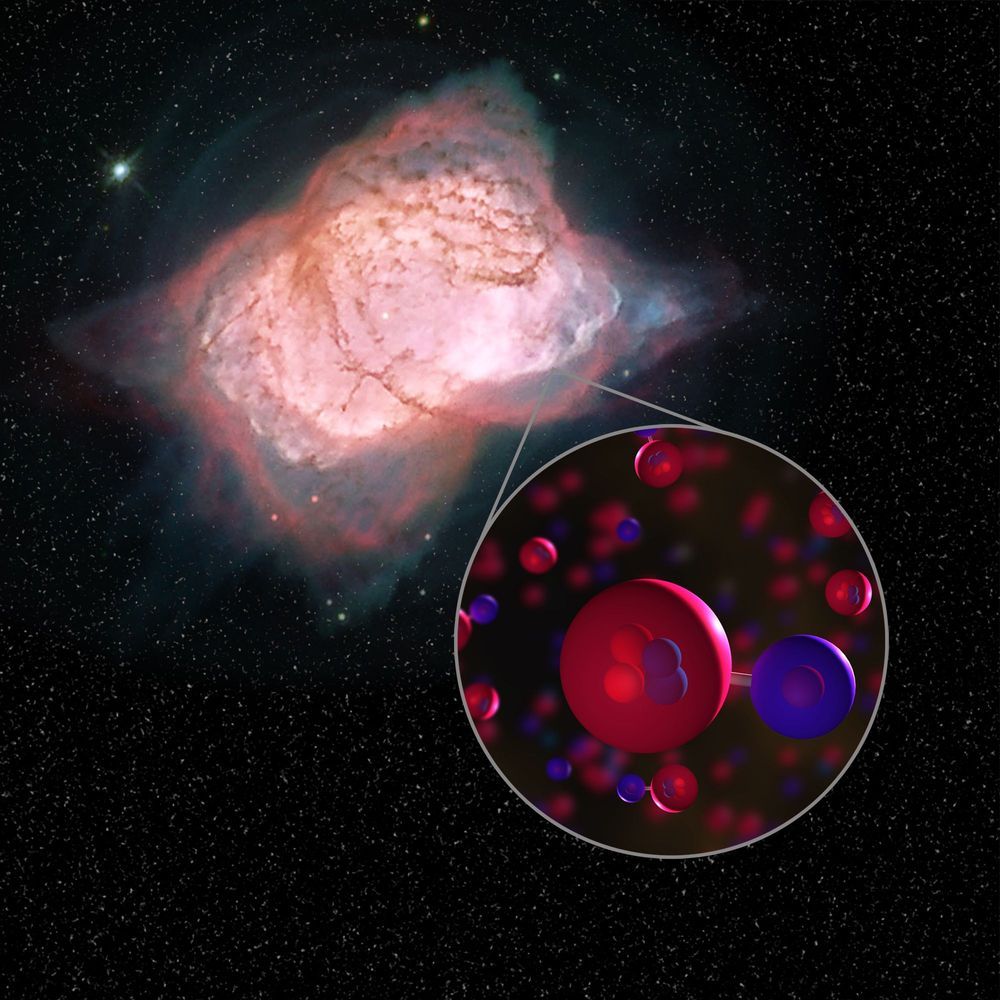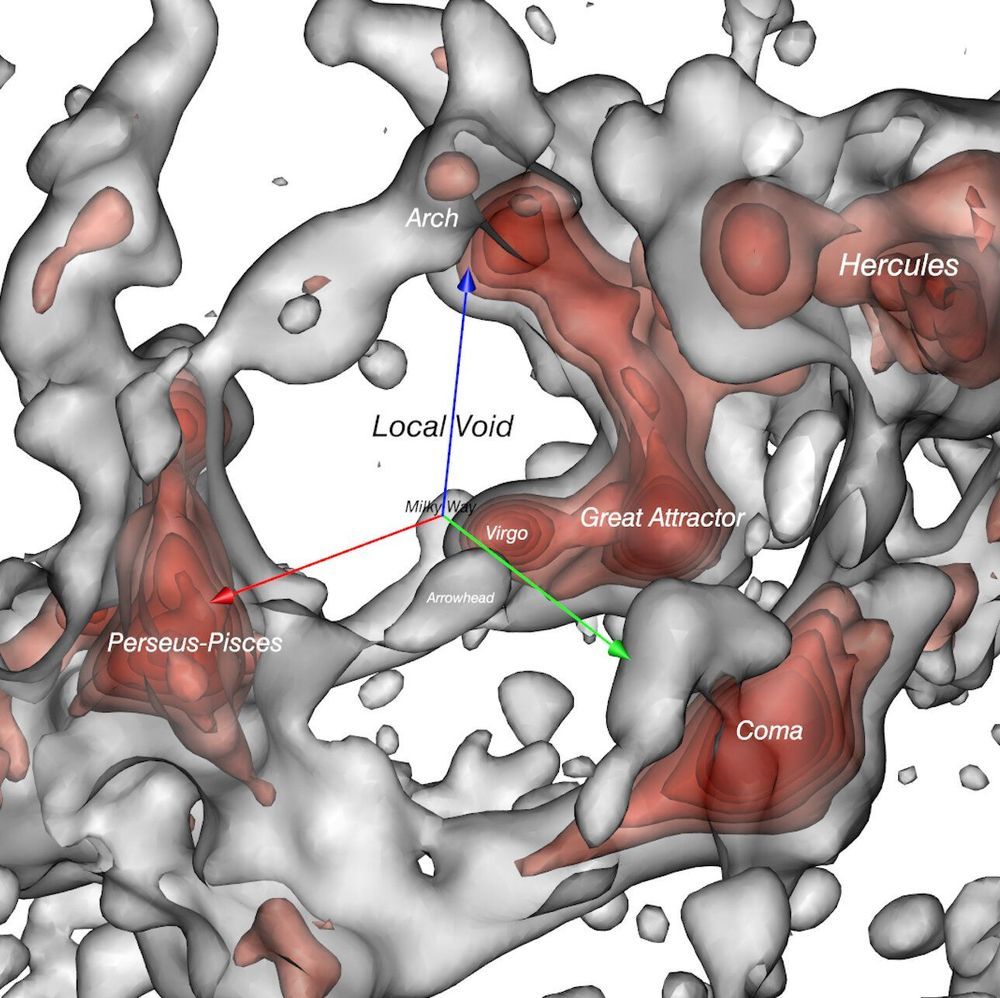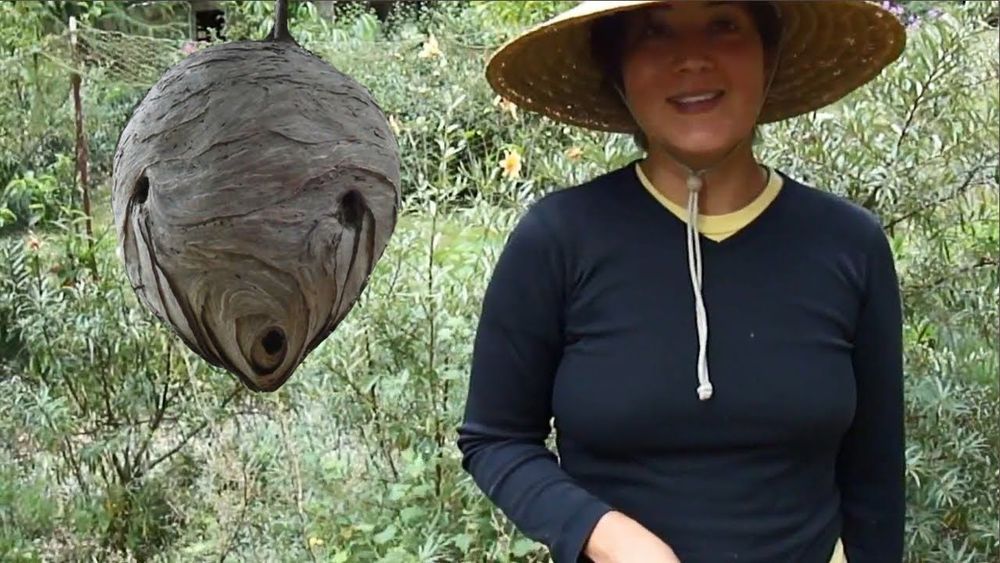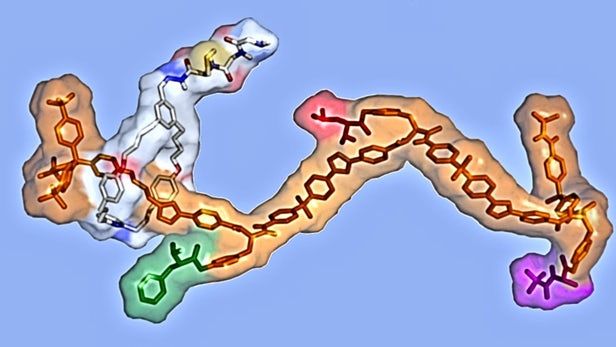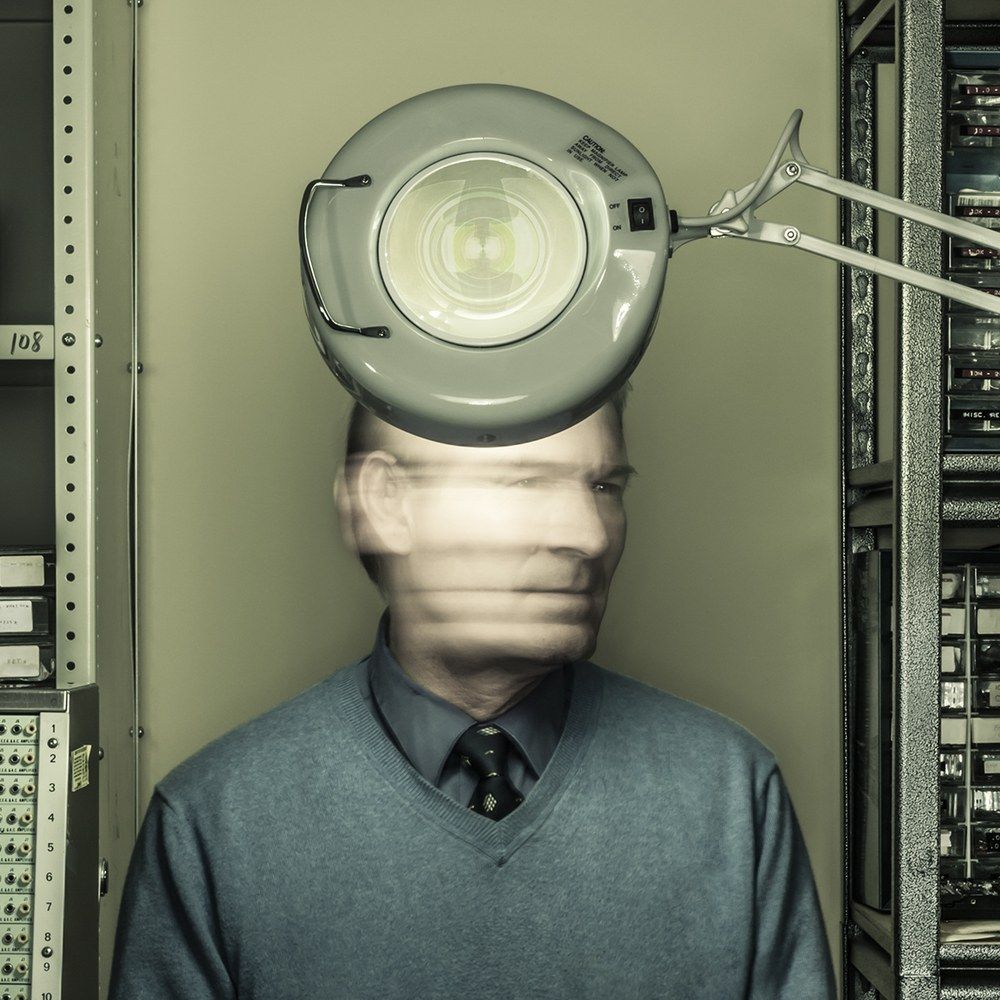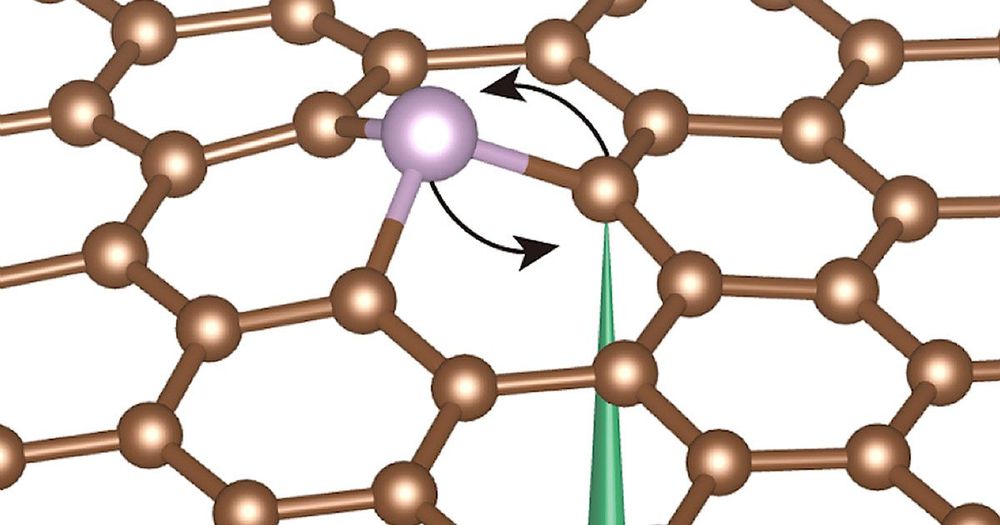Jul 22, 2019
The Universe’s First Type of Molecule Is Found at Last
Posted by Quinn Sena in categories: chemistry, cosmology, particle physics, transportation
Making a replicator from this could make something that could create almost anything :3.
The first type of molecule that ever formed in the universe has been detected in space for the first time, after decades of searching. Scientists discovered its signature in our own galaxy using the world’s largest airborne observatory, NASA’s Stratospheric Observatory for Infrared Astronomy, or SOFIA, as the aircraft flew high above the Earth’s surface and pointed its sensitive instruments out into the cosmos.
Continue reading “The Universe’s First Type of Molecule Is Found at Last” »
